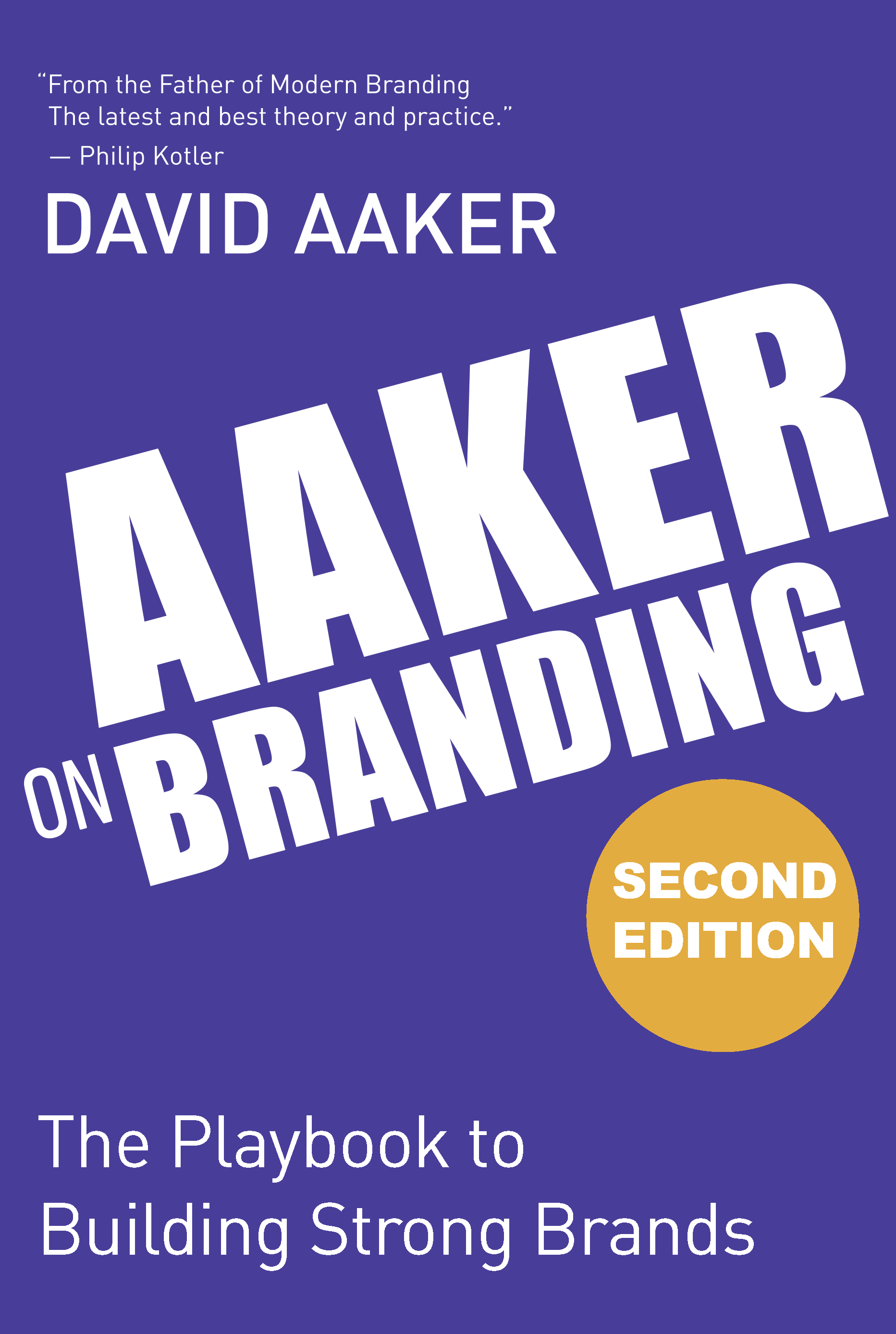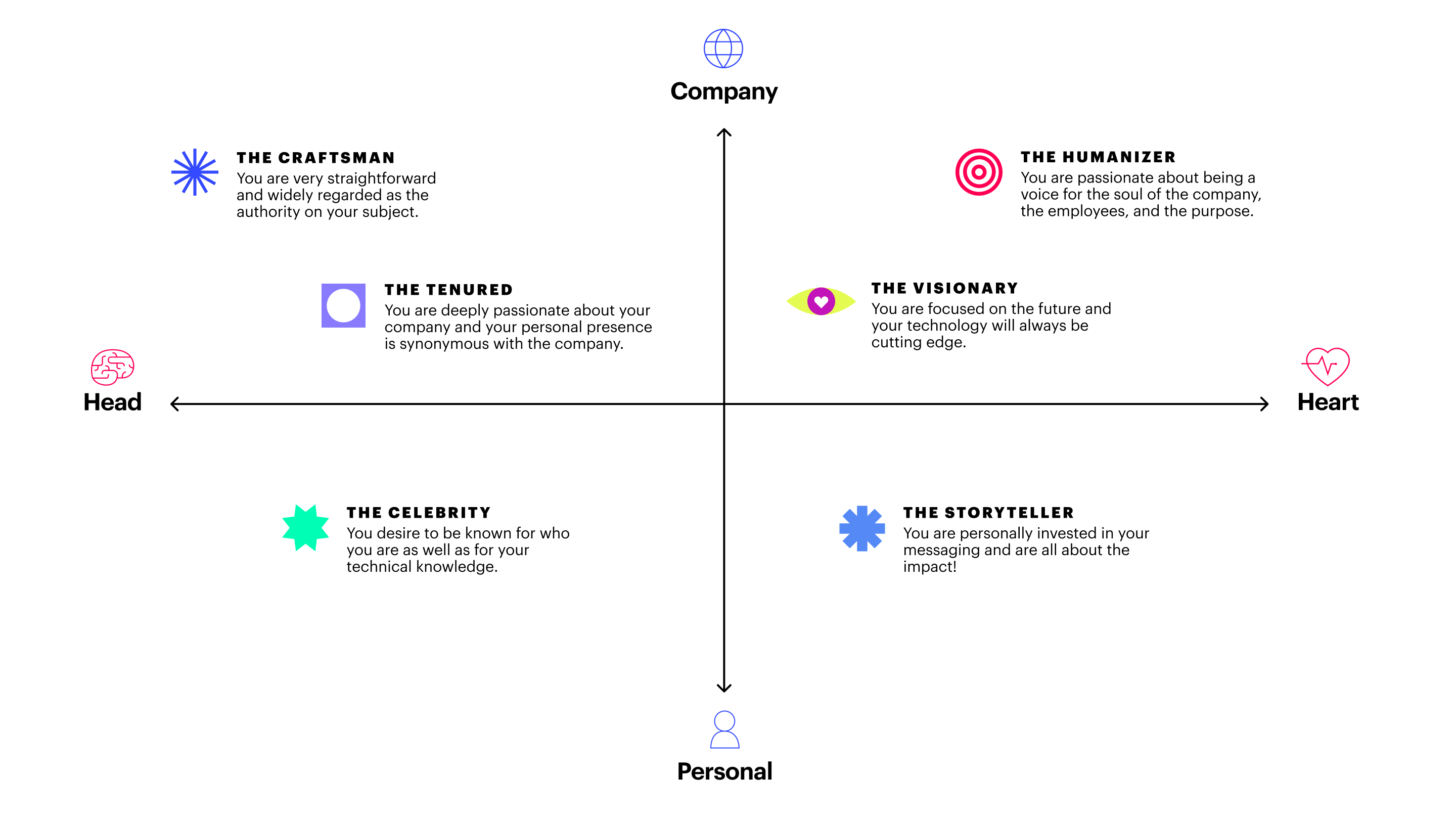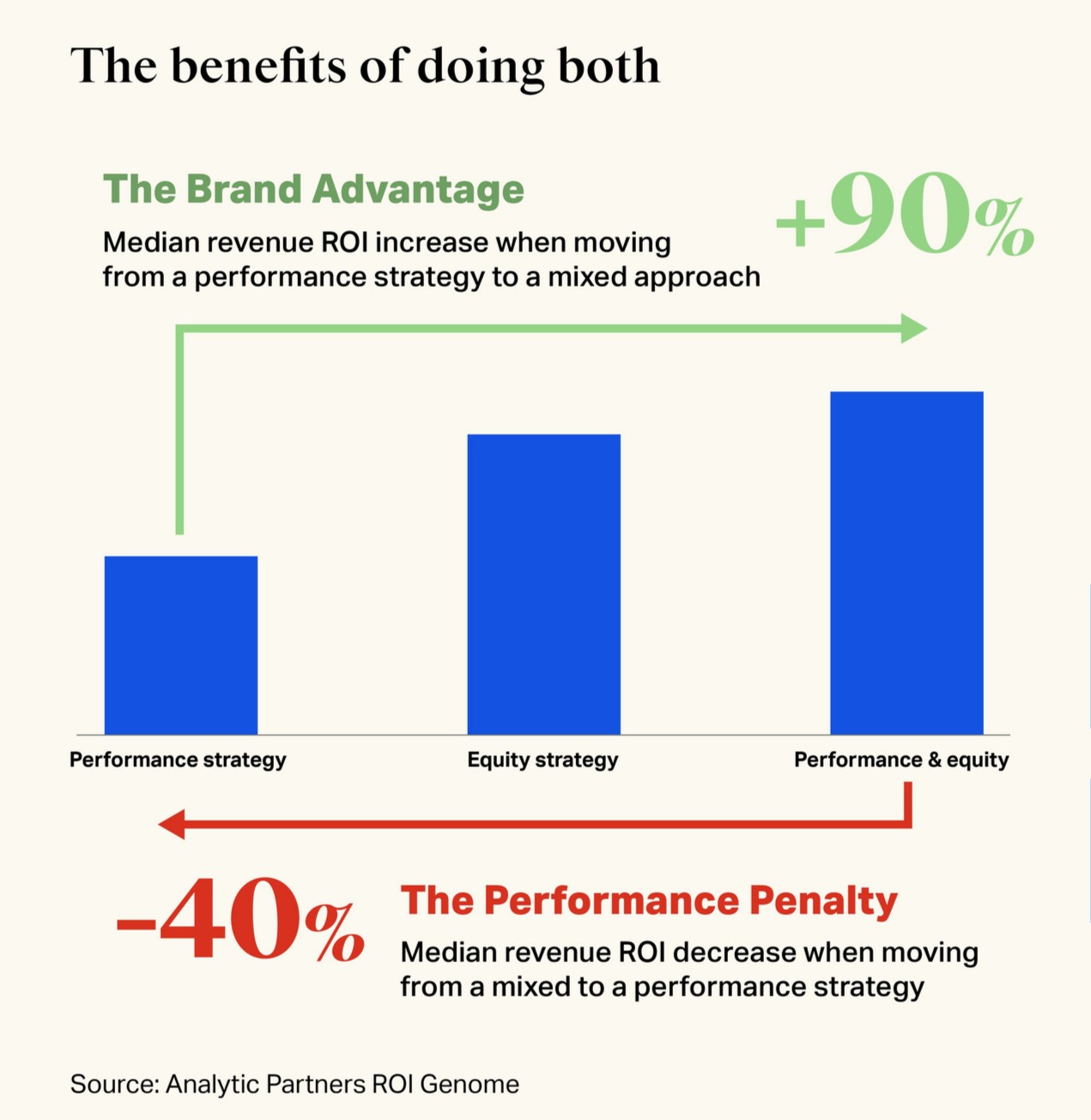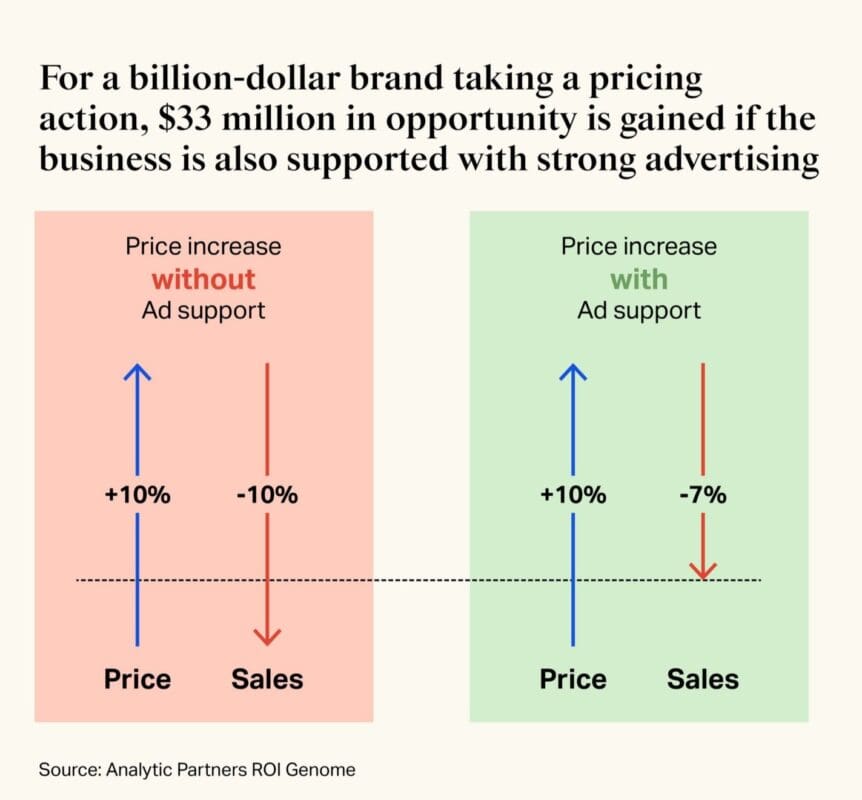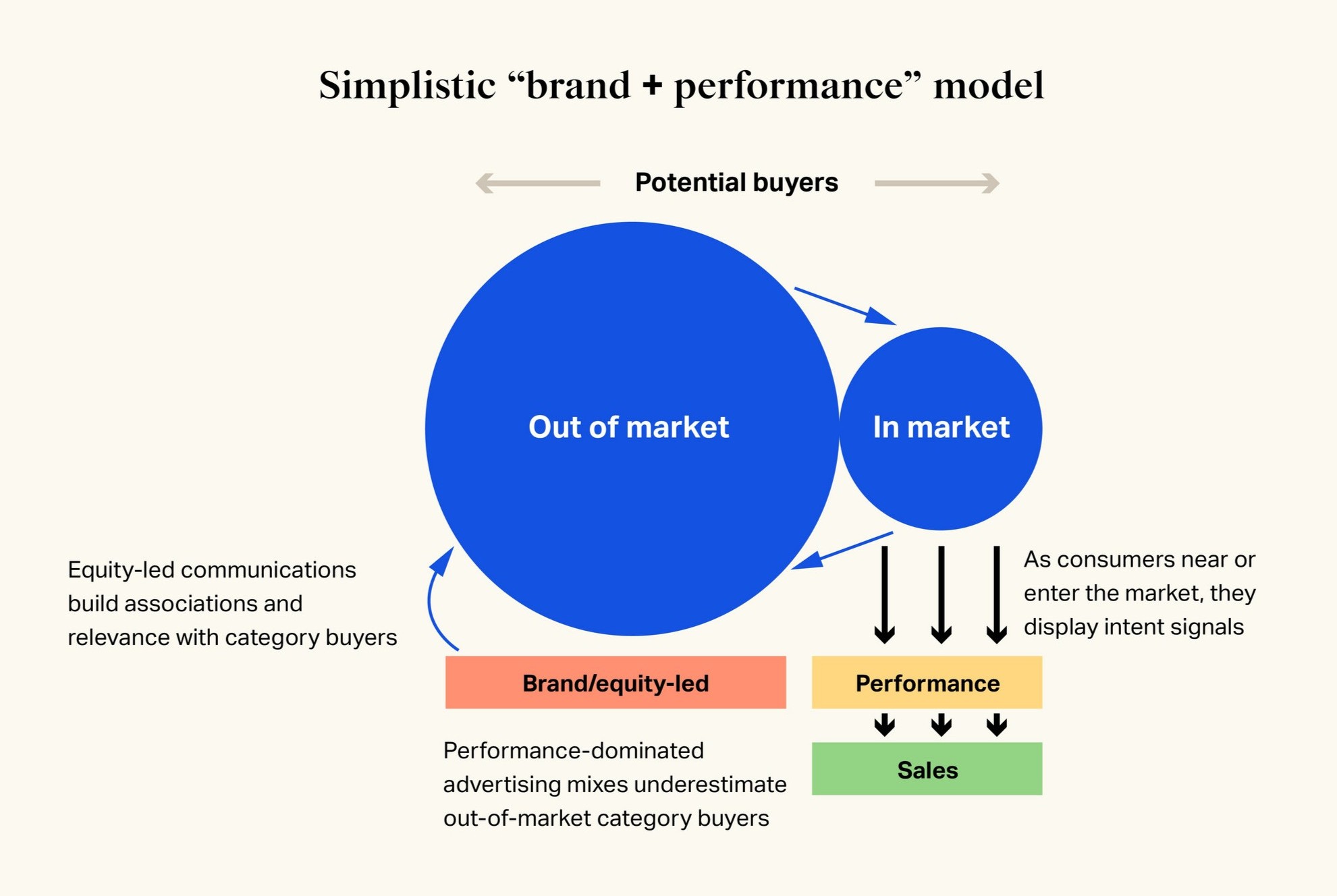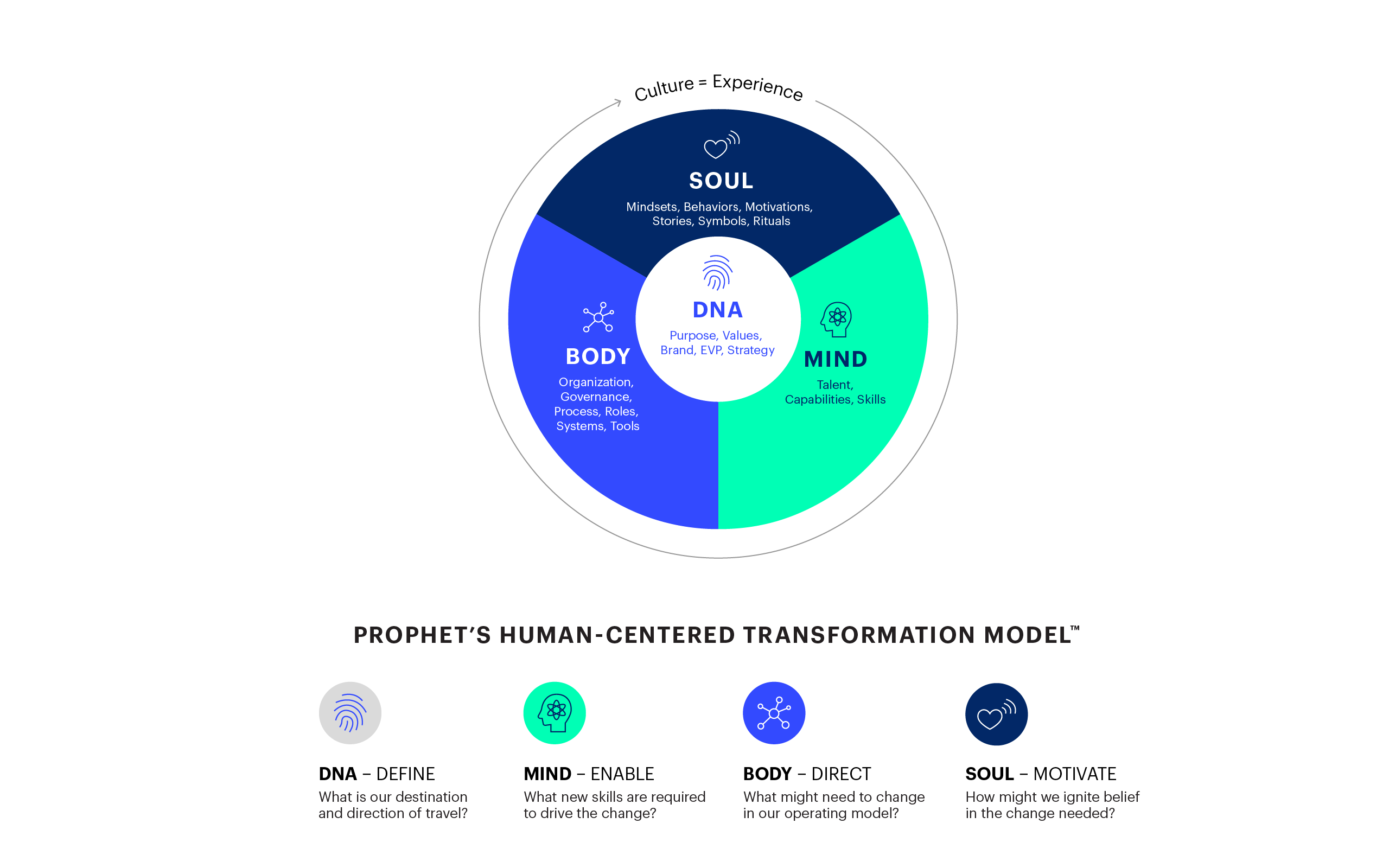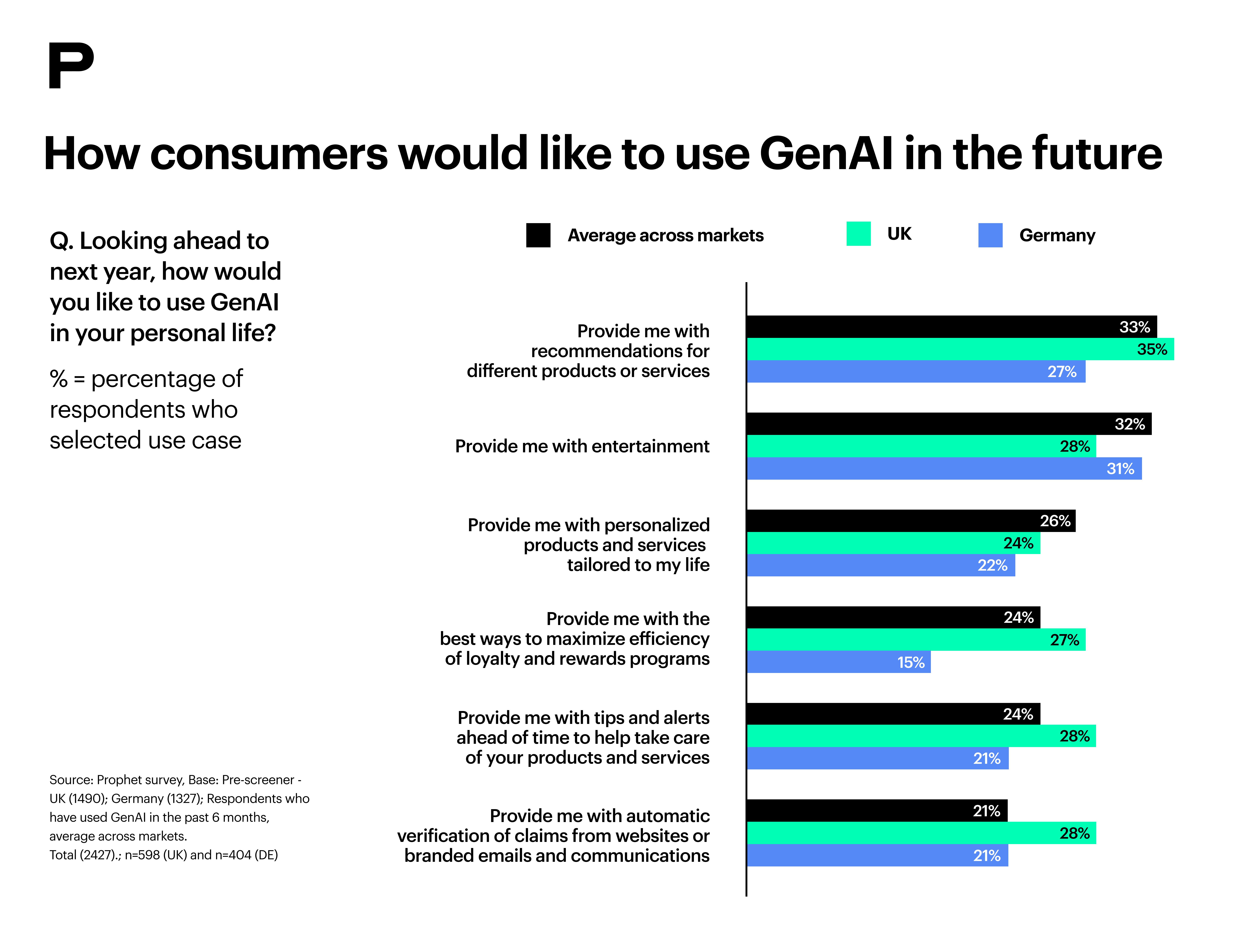BLOG
How to Build a Resilient Marketing Strategy with Scenario Planning
No one knows the future. But the best marketing leaders don’t hide–they plan for multiple outcomes.
Why Scenario Planning Is Essential for Modern Marketers in 2025
Today’s marketers often feel like they’re operating in patchy fog. Is a recession looming, or will the economy stabilize into a soft landing? Will “do more with less” be the corporate mantra for just a few quarters, or indefinitely? And what about emerging disruptions—from AI advancements and geopolitical shifts to volatile consumer behaviors?
The practical answer remains: modern marketers must embrace scenario planning to build agile, resilient strategies.
Scenario planning works. While marketing leaders and CMOs can’t predict the future, they can, and must, prepare for a range of potential outcomes.
The disruptions of the early 2020s underscored the importance of scenario planning. While few could have precisely forecasted events like a global pandemic or today’s rapid technology shifts, the companies that pivoted quickly—whether in media channels, messaging strategies, or customer experiences—came out ahead. For example, at Prophet, we advised a client to shift from out-of-home advertising to digital channels almost overnight, and counseled another to pivot from in-person incentives to free shipping and virtual experiences. Scenario planning workshops gave our clients the ability to anticipate these shifts and act nimbly, not reactively.
Today, uncertainty is a given, not a glitch. Markets, technologies, customer expectations, and competitive landscapes are evolving faster than ever. Scenario planning has evolved into a crucial strategic muscle that can mean the difference between surviving and thriving when new curveballs come.
Scenario Planning 3.0: A Modern Approach
No one has a crystal ball. That’s why scenario planning has been around for ages. But marketing leaders who regularly scenario plan are better equipped to face ever-changing circumstances and drive more effective, efficient and resilient marketing plans.
We used this approach to help Scoperta! launch its brand into the market with a buzz-worthy digital strategy. Our team brainstormed, deliberated and developed proactive solutions to ensure the business was prepared for scenarios as diverse as low site traffic, site traffic that didn’t convert, and even traffic that was converting but perhaps needed to spend more per transaction.
We knew what we would do for each of these scenarios, even if we didn’t need to do it. And because we prepared for these potential outcomes from the onset, we were also better positioned to optimize the campaign for success.
Modern scenario planning allows companies to proactively address scenarios that may jeopardize the ability to reach any prioritized goal. And each step of the scenario-planning approach leads to strategic outcomes that will help the marketing strategy thrive despite uncertainty.
Three Steps to Take When Scenario Planning Your Next Marketing Strategy
Think of scenario planning as a game. We developed a game board to help our clients develop effective scenario plans to help workshop specific scenarios and prepare for potential outcomes.

Here are three steps to take when scenario planning your next marketing initiative:
1. Draft possible Scenarios for an Initial Discussion
We recommend defining a short list of critical priorities for a specific marketing initiative rather than trying to scenario plan for every single objective. To ensure you are tapping into the right preferences, you should collaborate with a cross-disciplinary team of stakeholders across marketing, sales, customer experience, operations and product.
Some common considerations include:
- Low site traffic or site traffic declining
- Site traffic is not converting to sales
- Sales are resulting in low revenue
- Slow velocity to conversion
- Low customer engagement
- Lack of return customers
- Smaller size or value in shopping carts
2. Add and Prioritize ideas Across Levers to Address Scenarios
Once you have identified your key priorities, address the potential levers you can pull. Some examples for marketers include:
- What would happen if we increased or shifted media spending?
- If we changed the messaging, would that improve customer engagement?
- Might we offer audiences different or more personalized incentives and offers?
- Would a shift in loyalty and rewards make a difference?
- Could we consider other channels, working with new influencers or product aggregators?
- How about new content and social strategies?
- Would increasing the number of touchpoints improve lead nurturing?
3. Codify and Socialize the Contingency Plan
How these initial plans are shared throughout the organization is essential. But it doesn’t stop there. Additional sessions are often needed to follow up on hot topics and assign owners to chosen levers.
Next, you should schedule a contingency planning session at the end of an agreed-upon time frame to evaluate performance data to date. Leaders might integrate the scenario decision process into regular performance reporting sessions, similar to how leaders integrate optimization sessions in conventional campaign management.
During this phase of the scenario planning process, internal communication channels become critical tools. It’s essential to ensure all stakeholders, from supply chain partners to investors, are current on pivot-ready strategies.
FINAL THOUGHTS
While uncertainty is a given, modern marketing leaders are not leaving their success to luck. By using thoughtful scenario planning, they’re constructing more resilient marketing plans with various responses to meet multiple realities. And if and when rapid changes come, they’ll know what to do–or at least what to try–to deliver on marketing goals.
Are you looking for an expert to help you develop your organization’s scenario plans? Contact us today.


